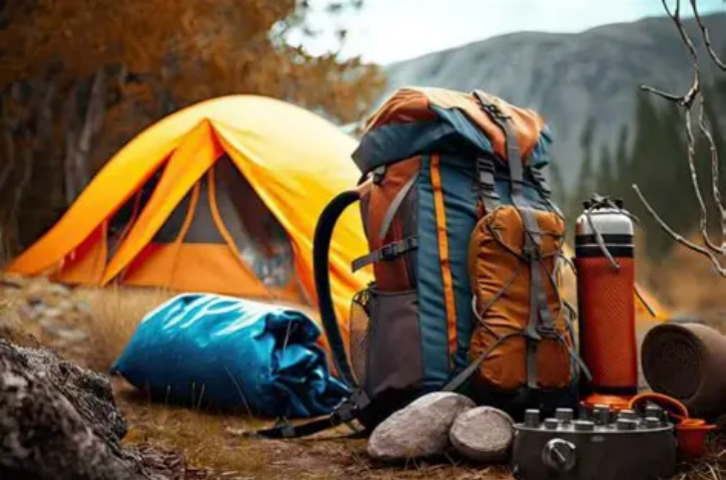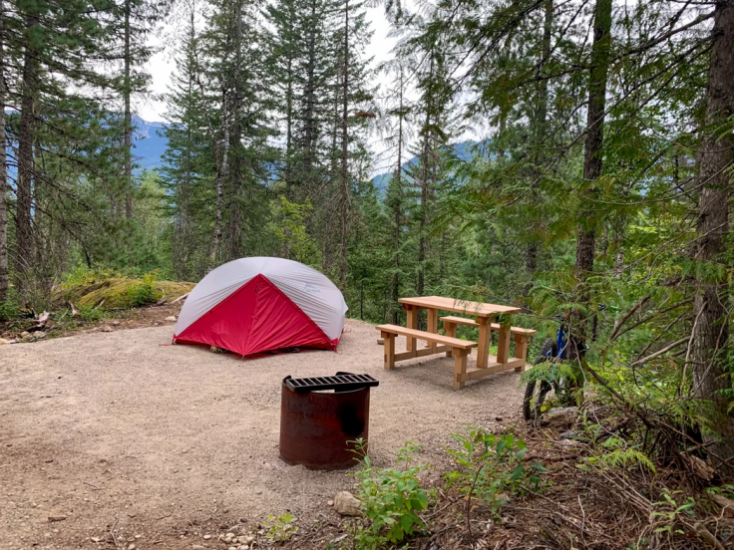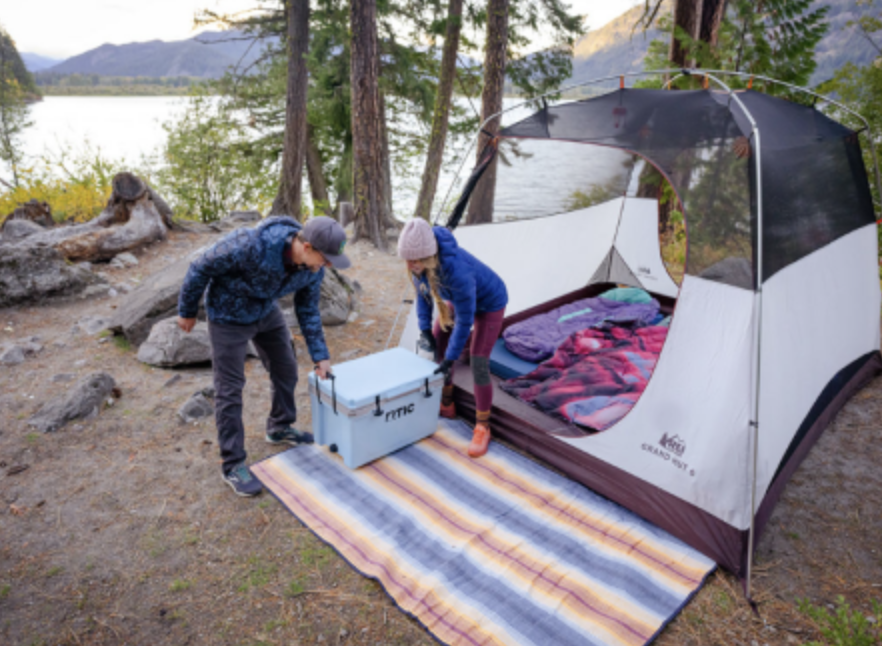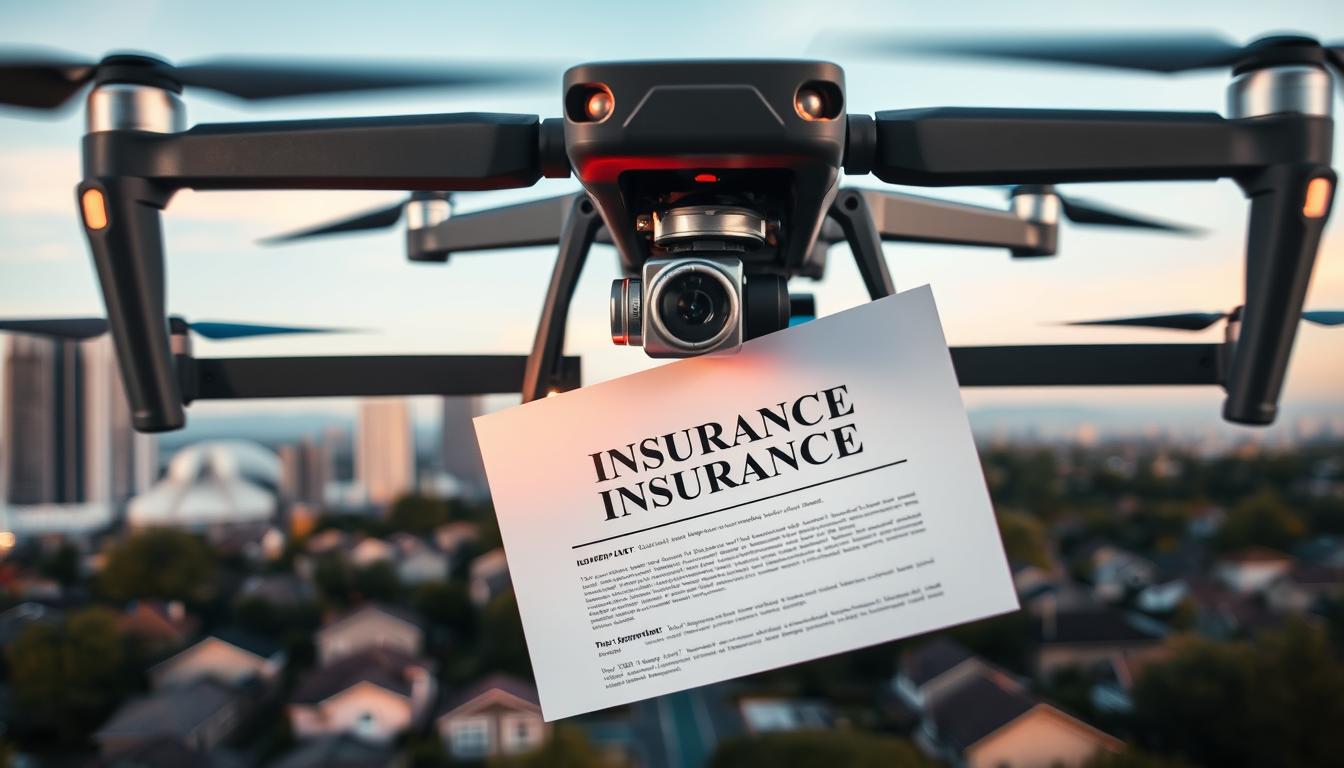
As 2025 sees camping remain a top leisure choice across Europe and America—with families venturing to national parks, friends exploring coastal campsites, and solo travelers seeking remote wilderness escapes—the joy of outdoor trips often overlooks hidden risks. A backpack stuffed with sleeping bags and cooking gear stolen from a campsite, a sudden thunderstorm tearing a premium tent, or a last-minute illness forcing cancellation of a pre-paid week-long trip: these setbacks not only ruin plans but also drain wallets. Traditional travel insurance rarely covers camping-specific gear, and home insurance often excludes items used outside the house, leaving outdoor enthusiasts vulnerable. Camping Gear & Trip Cancellation Insurance has emerged as a timely safeguard, tailored to the unique needs of modern campers.
This specialized insurance combines two critical layers of protection. First, camping gear coverage shields essential equipment from loss, theft, or accidental damage. Unlike generic policies that cap gear compensation at five hundred euros or six hundred dollars, this insurance typically offers limits between one thousand and five thousand euros in Europe and one thousand five hundred and seven thousand dollars in the United States—enough to replace high-value items like four-season tents, portable coolers, or solar-powered lanterns. It covers scenarios specific to camping: gear stolen from unlocked vehicles at trailheads, damage from wildlife (such as a bear chewing through a food storage bag), or wear-and-tear from rough terrain that shortens equipment lifespan. For example, a camper in the French Alps whose three hundred euro sleeping bag is ruined by a flooded tent could recoup two hundred and fifty euros, while a U.S. camper whose two hundred dollar portable stove is stolen from a campground might receive one hundred and eighty dollars.

Second, trip cancellation coverage addresses the financial hit of abandoned plans. It reimburses pre-paid expenses—campsite reservations, rental fees for RVs or kayaks, and even non-refundable travel costs like train tickets to remote sites—if trips are canceled due to covered reasons: sudden illness, severe weather (such as hurricanes or blizzards that close campgrounds), or family emergencies. In 2025, data from the European Camping Association showed that weather-related cancellations rose by twenty percent, with average lost costs of eight hundred euros per trip. This coverage often includes “interruption” protection too: if a trip is cut short by a medical emergency, campers can recoup the value of unused days. A family forced to leave a Spanish coastal campground early due to a child’s fever, for instance, might get back four hundred euros for their remaining three nights.
The market for this insurance has grown to match outdoor travel trends, with providers offering flexible, adventure-focused plans. In Europe, ADAC’s “Camping Protect” policy includes gear coverage and trip cancellation, plus 24/7 emergency assistance for issues like getting stranded by a broken-down car near a campsite. In the United Kingdom, the Camping and Caravanning Club’s insurance adds coverage for “wild camping” gear (such as lightweight hiking tents) that many standard policies exclude. In the United States, Geico’s “Outdoor Adventure Rider” can be added to existing auto insurance, covering gear in vehicles and trip cancellations, while Lemonade’s standalone “CampGuard” uses AI to process claims in under forty-eight hours—ideal for campers who need quick funds to rebook or replace gear.
When choosing a policy, campers should prioritize three factors. Coverage specificity: Ensure the plan lists camping-specific risks (wildlife damage, campsite closures) rather than generic “outdoor” terms. Gear valuation: Opt for policies that cover replacement cost (not depreciated value) so you can buy new gear of the same quality if yours is lost. Claim flexibility: Look for insurers that accept photos of damaged gear or canceled reservations as proof, avoiding tedious paperwork that delays reimbursements. It’s also wise to check for exclusions—some plans don’t cover gear left unattended for more than twelve hours or trips to high-risk wilderness areas.

For campers in Europe and America, this insurance isn’t just about protecting possessions—it’s about preserving the spirit of adventure. In a year where outdoor trips are more valued than ever for mental and physical well-being, it turns unexpected setbacks into manageable hurdles. No longer do campers have to choose between splurging on quality gear and worrying about losing it, or booking a dream trip and fearing they’ll waste money. Camping Gear & Trip Cancellation Insurance lets outdoor lovers focus on what matters most: the fresh air, starry skies, and memories that make camping unforgettable.




